Table of Contents
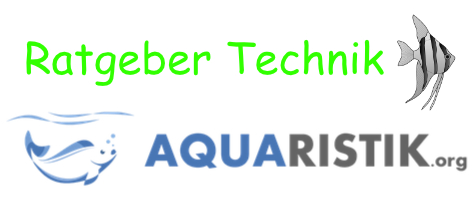
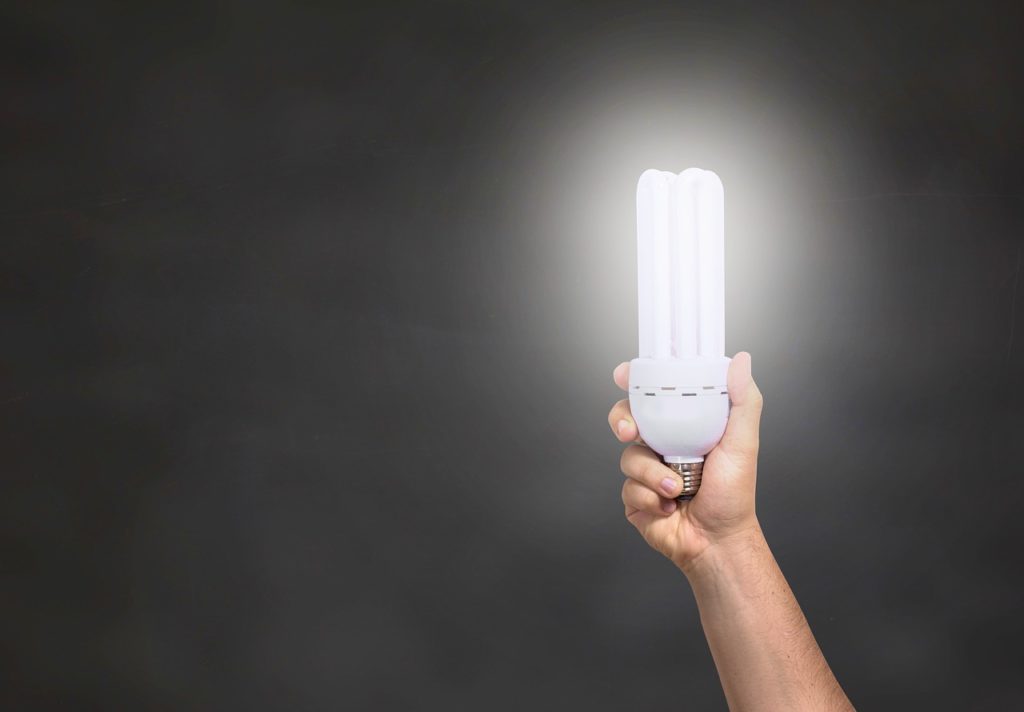
Aquarium lighting: lumens, lux and watts of illuminance
Before we get into specific things aquarium lighting let's take a closer look at the basics. Terms such as LUX or Lumen in the game. But what are these called?
Basically, only the lux value has to be considered for aquarium lighting. This value indicates the illuminance in an aquarium. This is measured by the luminous flux. The luminous flux in turn has the unit lumen.
Lux is the unit derived from the luminous flux measured on an illuminated surface, lumen. Lux means light in Latin. Calculated this means that 1 lux is expressed by 1 lumen per square meter.
When choosing the right lighting for the aquarium, we should therefore pay close attention to the lumens of the lamps used (more on this later).
Usually, however, another value comes into play. Lighting is often used in Watt specified. The wattage of the lighting can also be used to quickly calculate how much electricity the aquarium, or rather the lighting, consumes. But how do we bring watts and Luxury vs. Lumen in connection?
1 watt corresponds to a light source from a distance of one meter on a white surface which results in 1 lux. As you can see here, this value will not be of much use to us, because after all we do not have a white surface and there are also other factors such as the damping of the water, the plants, shading and the like, which have a decisive influence on the lux.
Nevertheless, here are a few values to get a feeling for the Lux value:
- Insolation at midday up to 100.000 lux
- Cloudy sky up to 10.000 lux
- Lighting in hallways and corridors 200 lux
- Workplaces with increased precision 500 lux
- Office workplace 500 lux
- Aquatic plants with increased light requirements, mostly over 2000 lux
- Ground area plants around 150 to 300 lux
Why do we need good lighting in the aquarium?
Aquarists own aquariums for its allure and calming effect of watching the fish and plants. In order to be able to do this very well, lighting is required. But this is not the only reason why we need lighting in the aquarium, light is much more one of the basic factors for life in the water. Nutrition (speaks food), oxygen and water alone are not enough to allow plants to grow and ultimately to keep fish alive. Sufficient light is required for this.
Light is the basis for life in the aquarium
In order for life to arise, you need light above all. Light makes plants grow due to photosynthesis. As they grow, the carbon monoxide in the water is broken down. In addition, oxygen is generated. This oxygen is in turn an important basis of life for the fish. As outside of the water, light is also a decisive factor for growth in the water. Without it, the necessary cycle will not get going. So let's recap briefly. Light is necessary to start photosynthesis and to create life. It's less about us as aquarists and more about the fish and plants in the aquarium.
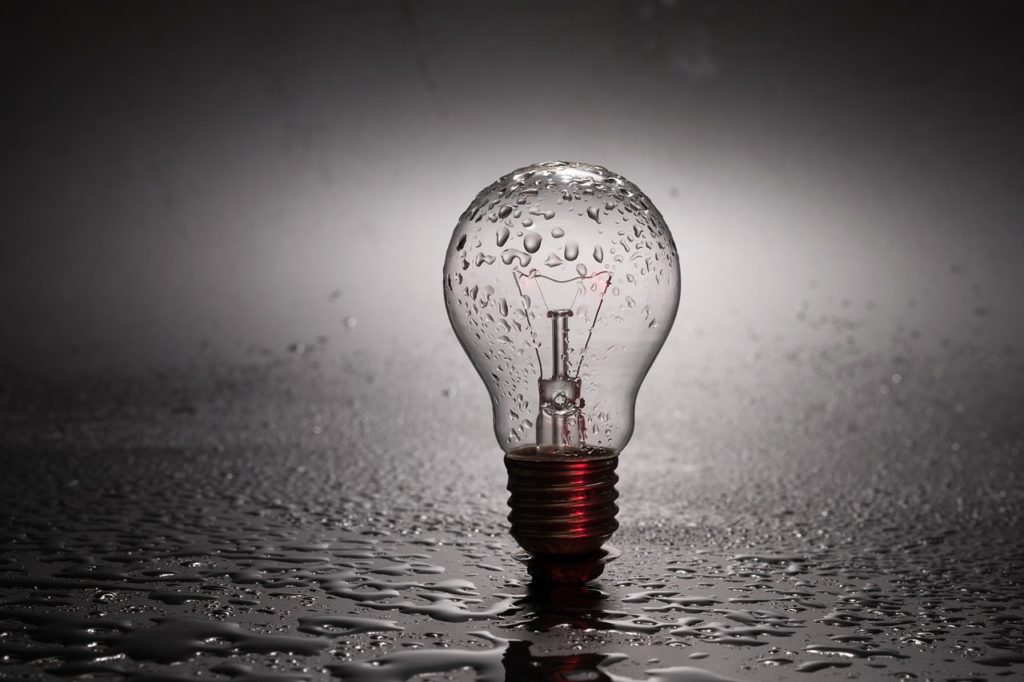
How strong should the lighting be? How much lux do aquarium plants need?
Strength is often a crucial question when it comes to lighting. As we learned above, this is about the lux value. This value indicates how strong the lighting used or the illuminants that are responsible for the creation of the light should be.
We have to go back a bit here, because there is no always correct value, or rather a fixed value. It depends on many factors.
Factor 1: The environmental condition of the aquarium: Of course it is crucial where the aquarium is located. Is it in a fairly bright place anyway, or is it in the dark basement.
Factor 2: The requirements of aquatic plants: This is also a crucial value. Every aquatic plant has a different light requirement. Be it very high to almost no light at all. Depending on which plants you use, the more or less light is required.
Factor 3: What type of lamp is used. We'll get into that later here. But it depends on whether you get one LED illumination, fluorescent tubes, halogen lamps, incandescent lamps, HQI mercury vapor lamps or HQI mercury vapor lamps with fluorescent material.
Factor 4: The distance from the light source to the aquarium: In the case of the sun, the distance to us doesn't matter, because the value is extremely large. But if we want to illuminate our aquarium, then it is crucial how far away the light source is. This makes a difference in terms of lux and ultimately watts and should be taken into account. A decisive factor, especially in open aquariums.
But roughly how much light should I provide for my aquarium plants?
Again, you could say it depends. Basically, the plants are the decisive factor. You can't give them too much light, but too much light brings other negative factors that we'll talk about later.
Many rough formulas help to estimate the exact light. Let's take a look at trading. For example, the 60 liter aquariums there are usually equipped with a simple 1 tube fluorescent tube lighting which is T8 with 15 watts. So we would have around 0.25 watts per liter of water. We would consider this value to be rather low. In terms of lumens, you have to assume around 10 to 20 lumens per liter. If we calculate with the low value, then 10 lumens in a 60 liter tank would be 600 lumens.
Guide values:
So far, a guide value of 0,5 watts per liter was assumed, which usually seems too little with 15 watt lighting in the 60 liter starter set. If you equate this with the lumens, i.e. the output of the illuminant of a lighting system, then this value would roughly correspond to 30 lumens. Here you could already care for more demanding plants.
- 0,25 watts per liter 20 lumens per liter low demands on the plants
- 0,5 watts per liter 30 lumens per liter Medium requirements of plants
- 1 watt per liter 40 lumens per liter high demands of plants
If you don't have any lumens available, you can use the watt value for the calculation with conventional light sources:
However, if the pool is very high (more than 50 cm), even this value will not be sufficient.
Aquarium lighting: Formula for calculating the lumens for your aquarium:
But attention:
- The watt values cannot be transferred to all lamps! Especially with LED lighting, which requires significantly less watts, other values must be used.
- In addition, you can usually save around 25 percent in lumens here, because the radiation is more targeted here only downwards. With conventional light sources, there are more losses due to the radiation in all directions.
Aquarium lighting: What light colors are there and which ones should you use in the aquarium? degrees in Kelvin
Let's come to another point, the light color or expressed in light heat. Here you can usually also read the unit degrees in Kelvin. This value indicates the light temperature and thus the proportion of the blue, green and red components of the light.
Plants only need red and blue light to grow. Green light is not required. Nevertheless, a mixture of different light colors is used in the aquarium in order not to cloud the appearance of the fish and plants.
During daylight, the temperature in Kelvin is around 5500 to 6500°K. We would also aim for this value for the aquarium. This value is usually also indicated on the lamps.
In addition to the color temperature, there is a second value that can often be found on lamps. The RA value designates a standardized color rendering index. The closer this comes to 100, the better the lamp reproduced the colors in a test. Here you should try to get as close as possible to 100 RA in order to make the light true to nature.
How long should the lighting be in an aquarium?
Once the right lamps have been selected, the next very important factor comes into play. Namely the lighting duration. Here, too, there are different approaches. However, our experience has shown that the following values have proven to be very good and practical.
- Lighting duration of 12 hours
- Not more than 14 hours of lighting time
- Fish require less lighting than plants
- A “lunch break” of 2 hours has proven itself
- If you have problems with algae, reduce the lighting time to a maximum of 10 hours and 3 hours for a “lunch break”.
Simulate nature - dim your light
It is not just a stubborn adherence to the lighting duration that leads to success and beautiful plants, but often also the imitation and simulation of the natural daily routine. It can sometimes happen that there are rainy days with less light. Also there is moon phases, sunrise and also sunset. All of this can now be achieved with good aquarium lighting versus controls. But more on that below with the various control options.
The different types of light sources - Which light sources are there?
Most of the time, you won't be able to read the lumen or lux of aquarium lighting, but very often only a value in watts. This means that the above things must be observed. This is the only way to draw conclusions about the illumination. If lumen values are available, they will of course be evaluated. Especially if you are in the LED area.
led Lamps
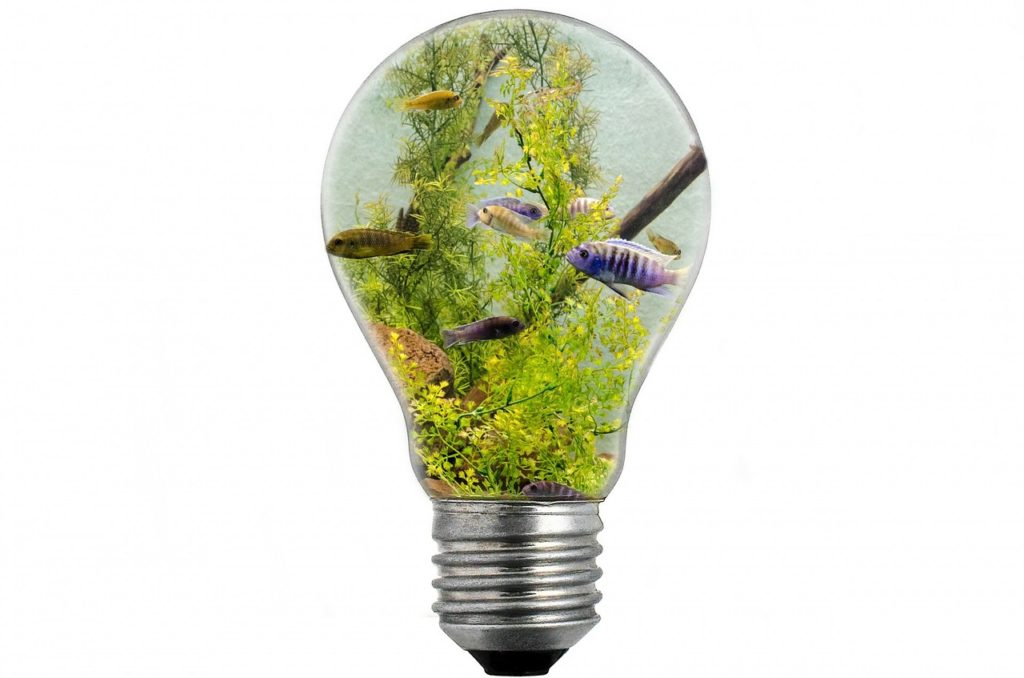
They are still quite new but are becoming more and more popular LED lights. They have long since celebrated their entry into the aquarium hobby. Even with the complete sets, LED lighting is usually offered. For larger aquariums, these can be obtained with a corresponding surcharge. There are also other disadvantages, because the light intensity in lumens is usually not sufficient to get the appropriate illumination. Conventional light sources are still very popular here. A disadvantage of LED lighting can also be the fairly high purchase price, although there are later savings in maintenance costs. They have not yet been able to establish themselves, but we assume that this is only a matter of time. The acquisition costs are getting lower and the luminosity is getting better and better.
fluorescent tubes
Fluorescent tubes are still the best alternative, especially for beginners. From an edge length of 80 cm, they are increasingly used. The price-performance ratio is extremely good and the durability of the tubes is also impressive. The selection of different strengths in watts is also quite versatile. The light colors can be selected as well as combined. Be it with a single-bar lamp, or with 2, 4 or even 6 light bars in the aquarium. T5 or T8 lamps describe the diameter of the glass bulb. The durability also provides conclusions on this. The manufacturer's instructions should be observed.
- Spectral peak at 420nm, makes corals glow
halogen lamps
Halogen lighting is primarily used in large and deep aquariums. The advantage of halogen lamps is usually the strong bundling of the light. If you want to emphasize certain spots, then these lamps are very suitable. The durability is also impressive.
Halogen spotlights or lamps are mostly low-voltage light sources with a voltage of just 12 volts, which promises special advantages in connection with water. Nevertheless, illumination with halogen spotlights is reserved for large aquariums. If the edge length gets too big, you'll reach your limits with the fluorescent tube.
HGI or HGL mercury vapor lamps
This type of light source is also recommended for large aquariums. If the water depth is more than around 60 cm, you will have a problem with LEDs, but also with fluorescent lamps. Too little lux / lumen can then be achieved on the ground. The HQI or HQL lamps offer a decisive advantage here. In contrast to the halogen spotlights, they also illuminate the pool or the floor more evenly. Usually you have to dig a little deeper into your pocket here. You also have to be careful when it comes to heat, because the HQI radiates a lot of heat. The attachment is therefore rather difficult, because they should have a certain distance above the pool and are usually connected to the ceiling installation. Certainly also a light source for the special aquarium.
Beware of defects, because mercury is installed in the lights, which can be deadly for the fish. You should be careful during assembly and when replacing that nothing can get into the aquarium.
Factors for the selection of the illuminant
- Aquarium height (from 60 cm HQI/HQL or halogen)
- Illumination (point or area)
- Size of the aquarium / edge length
- acquisition cost
- Upkeep
- Durability of the bulbs (see below)
Aquarium lighting: the correct use of reflectors
Unfortunately, very little attention is paid to the importance of a reflector. Nevertheless, this is a decisive factor of light intensity and illumination. Various manufacturers also attach little importance to the reflector in the aquarium. So it still happens that complete sets as well as individual aquariums do not have reflectors above the lamps. They should change this.
Reflectors can bundle the light and radiate it downwards accordingly. This is particularly important for fluorescent tubes. They radiate evenly all around. If you don't bundle this light, you lose up to 30 percent of the light output.
So remember to order an extra reflector when you buy it. The manufacturers also have these separately in their range.
Burning time and durability of the lamps
This point is also crucial when selecting the illuminant. Here the light sources are also extremely different. The LED technology in particular sets new standards. While normal fluorescent lamps are assumed to have a service life of 20.000 hours (note this is not a replacement cycle), LED lighting is stated to last up to 50.000 hours and the decisive factor is above all even wear. There is little loss of light output. This is different with fluorescent tubes. Even the HQI or halogen lighting does not come close to this rather high durability.
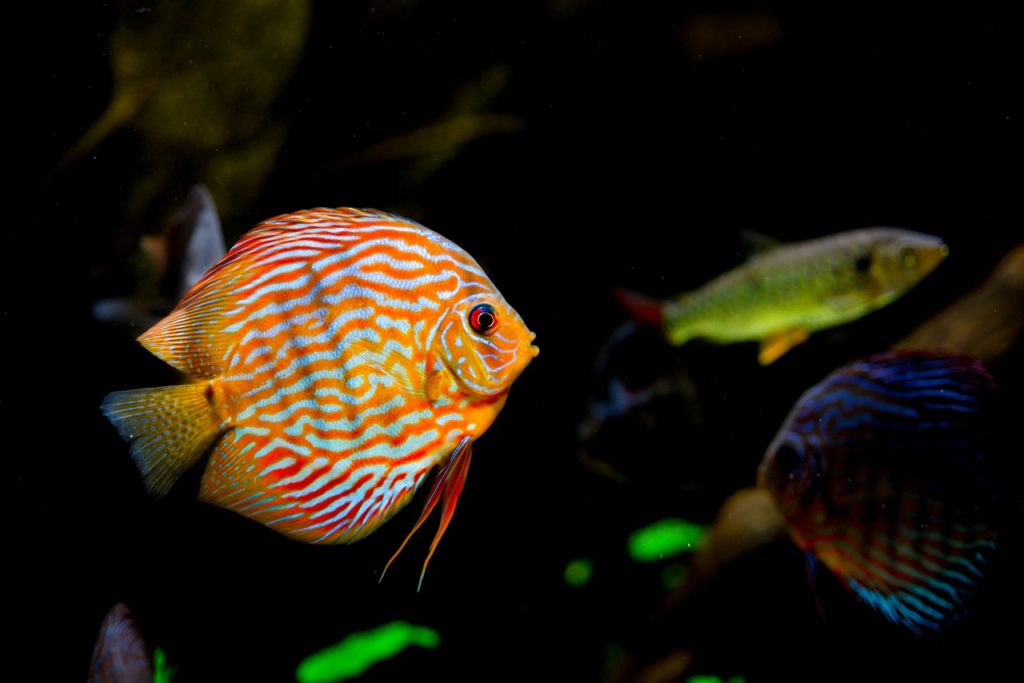
When do I have to change my lamps?
As already mentioned above, the burning time of fluorescent tubes does not mean that you should use them for that long. We usually only recommend the manufacturers as much as possible 12 months. This can also be reflected in the costs, because this factor should also be included in the annual maintenance costs of an aquarium. At a unit price of 30 euros depending on the tube, a number of costs quickly add up here.
With LED lighting, the service life is much longer. Let's assume 40.000 hours and a daily burning time of 12 hours, then this should be fine 9 years hold. Nevertheless, the brightness will decrease the older you are. This must be taken into account in the calculation. In addition, there is the significantly lower power requirement.
Lighting controls
Technology has long moved into our aquariums. The same goes for the lighting. Older aquarists surely still know the good old timer, mostly still mechanical, with which fixed switch-on and switch-off times can be programmed. The immediate switching on and off has been a problem for skittish and sensitive fish. Especially in the discus tank we have repeatedly seen fast and frightened discus. There are much better ways to do that today.
In today's controls, which can either be purchased as an option or are already included in certain complete sets, you can not only achieve a gentle awakening via dimming, but there is also the possibility of simulating thunderstorms, moonlight or clouds. For this purpose, the devices have different channels which are usually freely programmable. Of course, the conventional time control is also integrated.
The aquarist also has an advantage, especially when integrating a night light, because it allows them to take a look at their pets even at a late hour.
Here we would also like to recommend our guide to the aquarium computer. There, the control goes much further than just pure light control.
How much does the aquarium lighting cost?
Good question. This, too, cannot really be answered spontaneously. Many factors are important here. In addition to the pure bulb costs, the costs for reflectors, aquarium covers, brackets and maintenance costs or running costs must also be considered. The following list of what affects the costs.
- What type of light bulb?
- How is the design and suspension?
- What does the electricity cost?
- How long do the bulbs last?
If you want to calculate the maintenance costs, you can find more information:
Care and maintenance of lighting in an aquarium
Surely many of you think that there isn't really much to maintain when it comes to lighting. Basically this is the case. Nevertheless, we were able to determine that there are things that increase the service life and the luminosity.
In the case of the fluorescent tubes in particular, which do not illuminate the aquarium behind a pane of glass, deposits in the form of algae or limescale can quickly occur. These deposits should be carefully cleaned regularly. If you neglect this for a long time, you won't get the dirt off anymore. However, if you do this maintenance measure regularly, you will achieve better illumination and a longer service life.
Of course, this care applies to simple cleaning, by the way, you should do this when it is cold, also for the other lamps.
What happens when there is too much light? – Light can become a stress factor for fish, shrimp and crabs
Basically, the plants are happy about too much light. You will not find a light limit upwards here. Nevertheless, it can happen that plants grow too quickly and then "shoot" upwards. Surely you have already seen this. You only see stems and many leaves are missing.
Watch out for algae
Too much light is worse when it comes to algae, because this promotes algae growth very quickly. Almost all types of algae such as filamentous algae, blue-green algae, diatoms, slime algae or red algae can form. Much to the guide of the aquarist.
The fish can also take it amiss if they are exposed to too much light with above-average lighting. Light quickly becomes a stress factor. Therefore, you should always adjust the light as close as possible to the original habitat of the fish.
If you are already dealing with algae, we recommend ours Algae Control Guide.
The connections between light and water chemistry
There are also a number of connections in water chemistry that are influenced by light and lighting. CO2 or the CO content are thereby influenced, albeit indirectly, by plant growth. But also conclusions about the nitrite / nitrate can be drawn. If there is too much nitrate in the water, which shouldn't be the case, the aquatic plant needs more nutrients and therefore more light. Without nitrite, the plant will grow even with less light. Depends of course on many different factors. Comprehensive to Aquarium chemistry Is there ... here.
Buy aquarium lighting
Finally, a few words about purchasing lighting. Beginners usually fall back on sets and are also very good at it. The smaller sets already have the LED lighting integrated and a night switch could also be available. In larger tanks from about 100 liters, you will usually still find the fluorescent tubes.
Here you should definitely replace or install the reflector, since this is usually not included.
The purchase of an aquarium lighting can be carried out in retail or via an online retailer. Usually there are also decisive price advantages. If you can take your time, you will certainly find bargains again and again.
Special questions – Then off to the forumAquarium forum
Take your time when making the decision to buy new or replace your aquarium lighting! If you have any questions, we recommend our new forum.
You should also pay attention to our furnishing guide and guide in three parts:
Finally, the reference to the current one Eheim varioluxLED cover. This fits the most common models and can therefore replace the conventional T5 or T8 lamps and bring LED technology into the aquarium.





![BELLALICHT LED timer aquarium lighting - aquarium lamp [RGB white light] with built-in timer dimmer, dimmable 10 brightness levels IP67 waterproof light for fish tank plant, L-93C](https://m.media-amazon.com/images/I/51ivUamkl2L.jpg)

